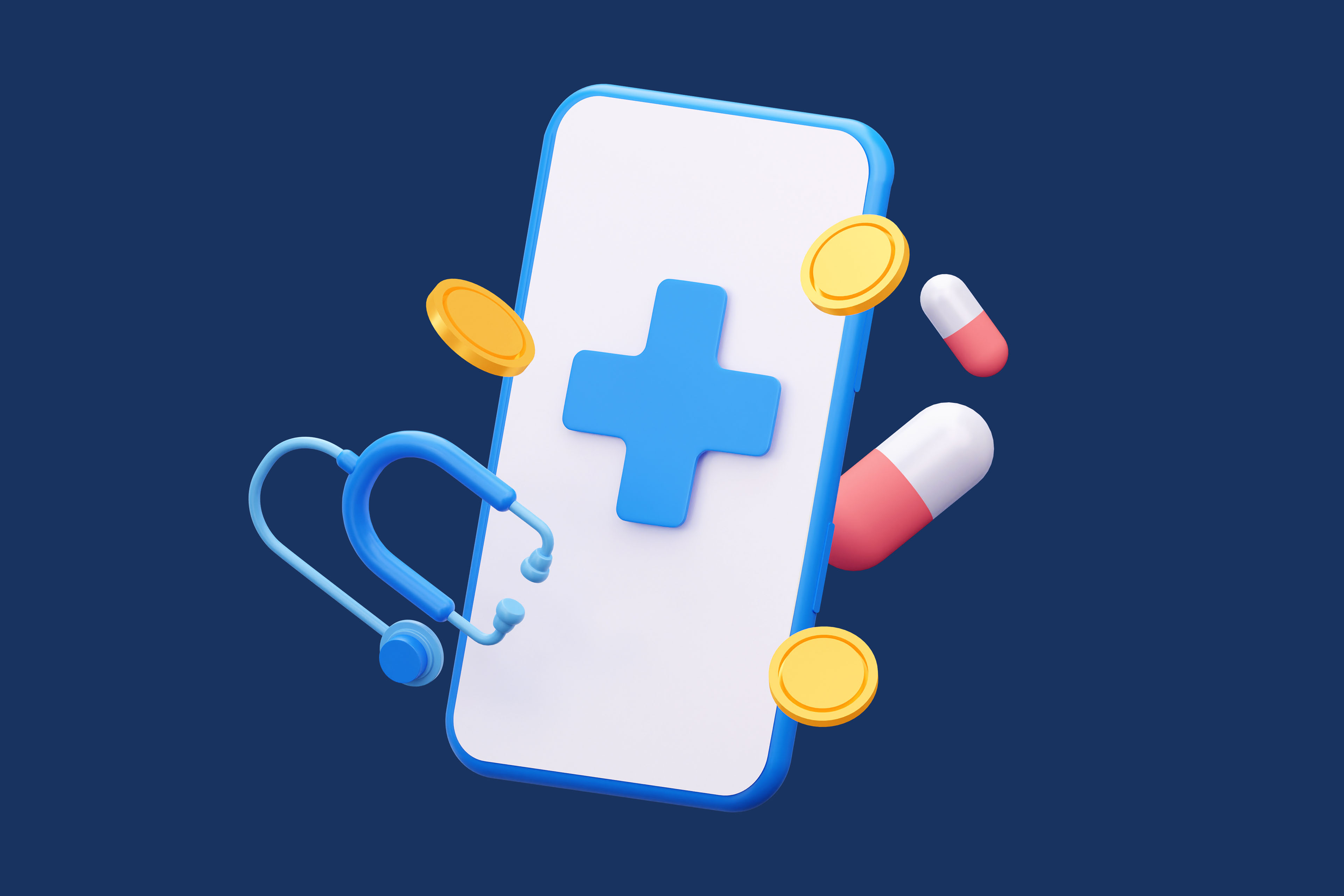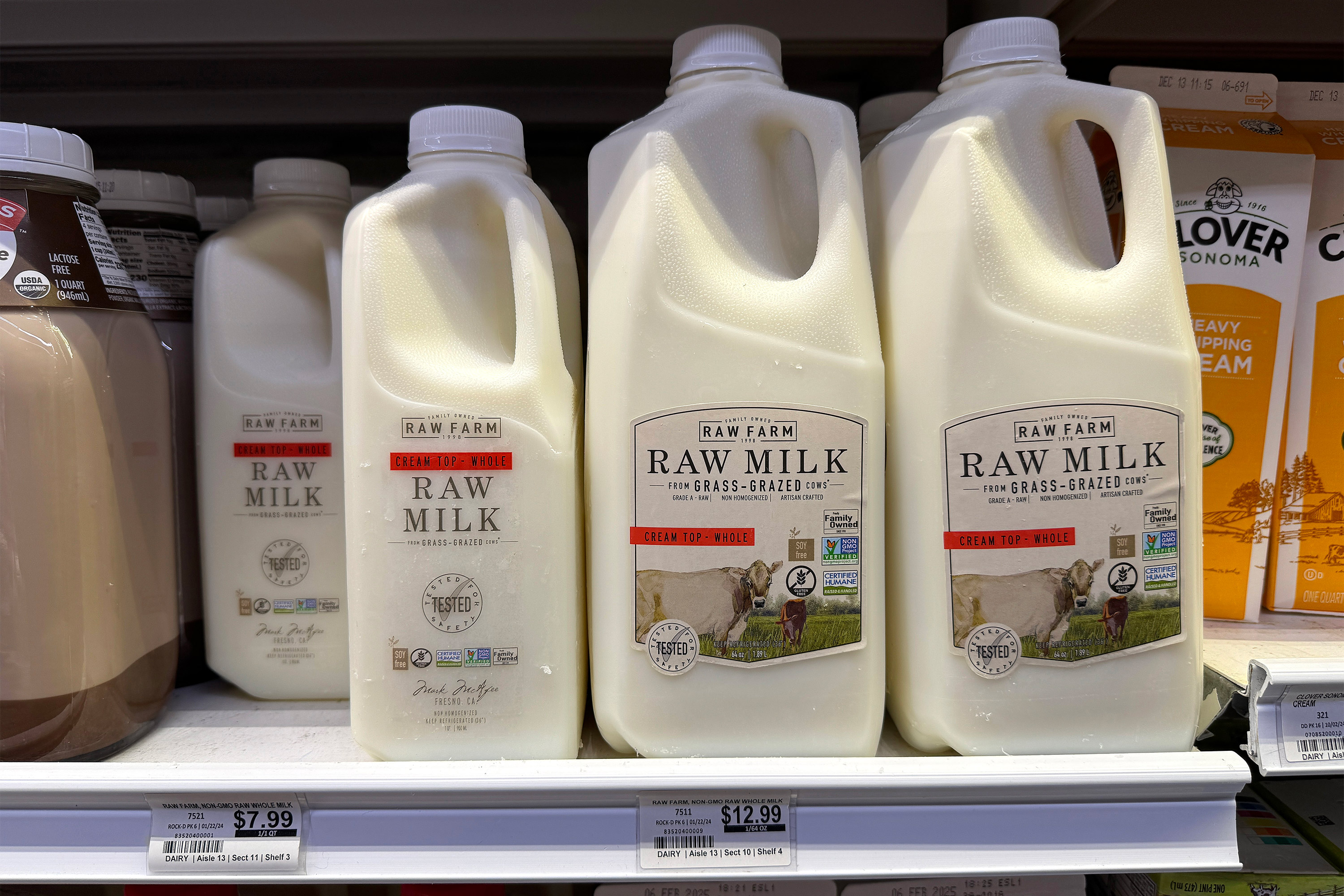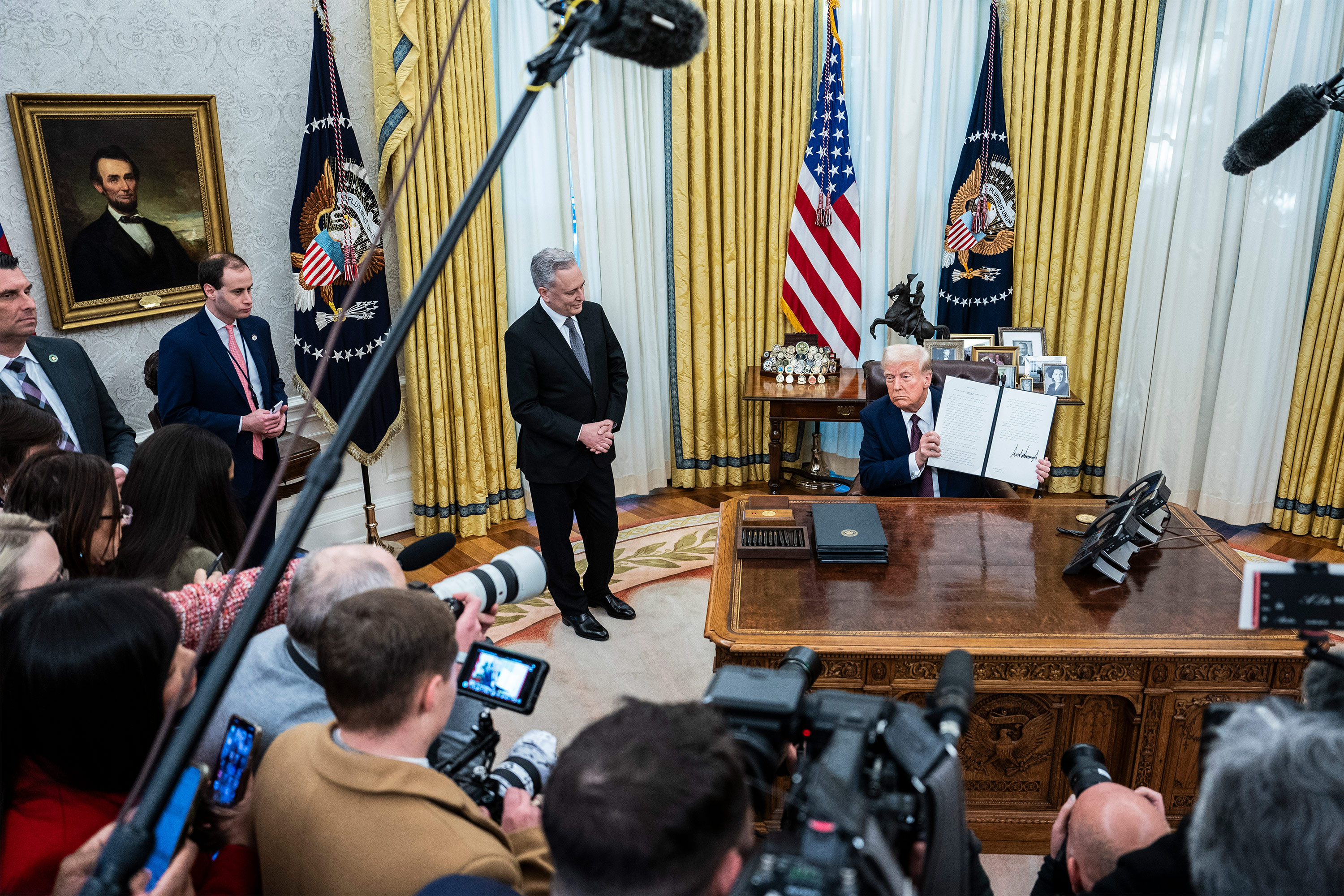
Shannon Sharpe was having one of those 15-minutes-of-internet-infamy moments. Social media blew up in September after the retired Denver Broncos tight end — accidentally, he later said — broadcast some of his intimate activities online.
One of his sponsors took advantage of the moment: the telehealth company Ro, which sells a variety of prescription medicines for erectile dysfunction and hair and weight loss. The company revved up a social media campaign on the social platform X for an ad in which Sharpe boasted about his experience with the company’s erectile dysfunction medications, a company spokesperson confirmed.
The ads were more than just a passing attempt to hitch a corporate caboose to a runaway social media locomotive. A group of direct-to-consumer telehealth companies have become omnipresent across just about all media formats, seeking patients interested in their low-stigma, low-fuss, low-touch, high-convenience health products.
They’re on your favorite podcasts and in the background on the cable TV in your gym. Thirteen telehealth entities spent a combined $111 million in 2023 on television ads, more than double the sum in 2019, according to an analysis from iSpot.tv, a television ad-tracking company, provided to KFF Health News.
The ads feature high-wattage celebrities such as Jennifer Lopez as well as lesser-known influencers who are paid four figures to post a snapshot or short video to Instagram, according to interviews with marketers. Three publicly traded telehealth companies spent a total of more than $1.4 billion on advertising, sales, and marketing in 2023, according to financial reports filed with the Securities and Exchange Commission, categories that reflect the extent of their online efforts.
The companies’ advertising typically emphasizes convenience in a health care system that’s often just the opposite. They promise judgment-free birth control or care for conditions like erectile dysfunction and hair loss that have traditionally been stigmatized. As the companies expand, they’re venturing into more complex kinds of medicine, such as care for mental health conditions and obesity.
Services that telehealth companies offer, critics warn, may shortchange patients in need of close, sensitive attention. Researchers differ on telehealth services’ quality, with some saying telehealth companies offer little follow-up and inconsistent care from a revolving cast of doctors.
Still, they agree the care is fundamentally different from the traditional style. A company’s model can “kind of flip what you’re taught at medical school on its head,” said Ateev Mehrotra, a Brown University professor of public health who studies telehealth.
Typically, he said, a patient goes to the doctor with a complaint; there, the parties figure out a diagnosis and, if appropriate, a medication. By contrast, he said, telehealth companies’ advertising invites patients to make their own diagnoses, while pairing them with clinicians who, if they confirm their conditions, prescribe medicines the patients already think they want.
Under this style of medicine, the clinician is “now a screener, and you just want to make sure that that medication is safe for that patient,” Mehrotra said.
The model may work for certain kinds of care, Mehrotra said, such as birth control. He and some colleagues conducted a study in which they recruited patients with standardized backstories to patronize startups offering contraceptive medicines over the internet. Generally, the study found, the services performed well.
Harley Diamond, a patient at Nurx, a startup offering birth control prescriptions and other services, offers an example of how these companies can work well in some circumstances. After she saw an Instagram ad, she signed up to get birth control. She lives in Tennessee, a red state where it can be difficult to access contraception: Local clinics have closed and an arsonist burned down a Planned Parenthood. (The facility recently reopened.)
But when she turned to Nurx for her mental health, she found the service confounding and its convenience lacking.
The company’s app sends her frequent questionnaires about symptoms and reactions to drugs, she said. “There is no comforting face to validate you,” she wrote in an email to KFF Health News. The questions were the same each time, and she said she spoke with a new doctor in every interaction.
“It can feel like you’re having to start from scratch explaining yourself to someone new every month,” she said.
When she expressed concerns — for example, about side effects of an antidepressant she was taking — it would take “days, generally,” to hear back, with no change in her protocol, she said. Often, she said, her messages would get no response at all.
Rajani Rao, senior vice president at Nurx, said the company is “constantly working” to improve response times, “especially as we experience a high volume of patient care requests.” In mental health, the majority of Nurx’s patients experience elimination of symptoms after six months of treatment, she said.
Rao also referred to Nurx as providing an “integrated care team,” using language echoed across the industry. Ro, for example, says its care is available in the time and format of its patient’s preference and that it audits the quality of its services.
Continuous care is crucial to make sure mental health patients are on the right doses of medications and that they’re not experiencing side effects, said Reshma Ramachandran, an assistant professor of medicine at Yale who has conducted her own secret-shopper study of telehealth sites.
What’s more, research shows many mental health medications are best paired with therapy, Ramachandran said.
Ramachandran thinks frustrations like Diamond’s might be widespread, based on her team’s research. She said she’s frustrated at the “very groovy, glossy” picture painted by telehealth ads.
Ramachandran said her study is still under consideration for publication in medical journals. But she provided preliminary results to congressional offices examining the telehealth sector.
Last year, Sen. Dick Durbin, an Illinois Democrat, and former Sen. Mike Braun, an Indiana Republican, introduced legislation to regulate some telehealth advertising practices. A spokesperson for Durbin said he intends to reintroduce the bill this year.
This article was produced by KFF Health News, a national newsroom that produces in-depth journalism about health issues and is one of the core operating programs at KFF — the independent source for health policy research, polling, and journalism.


